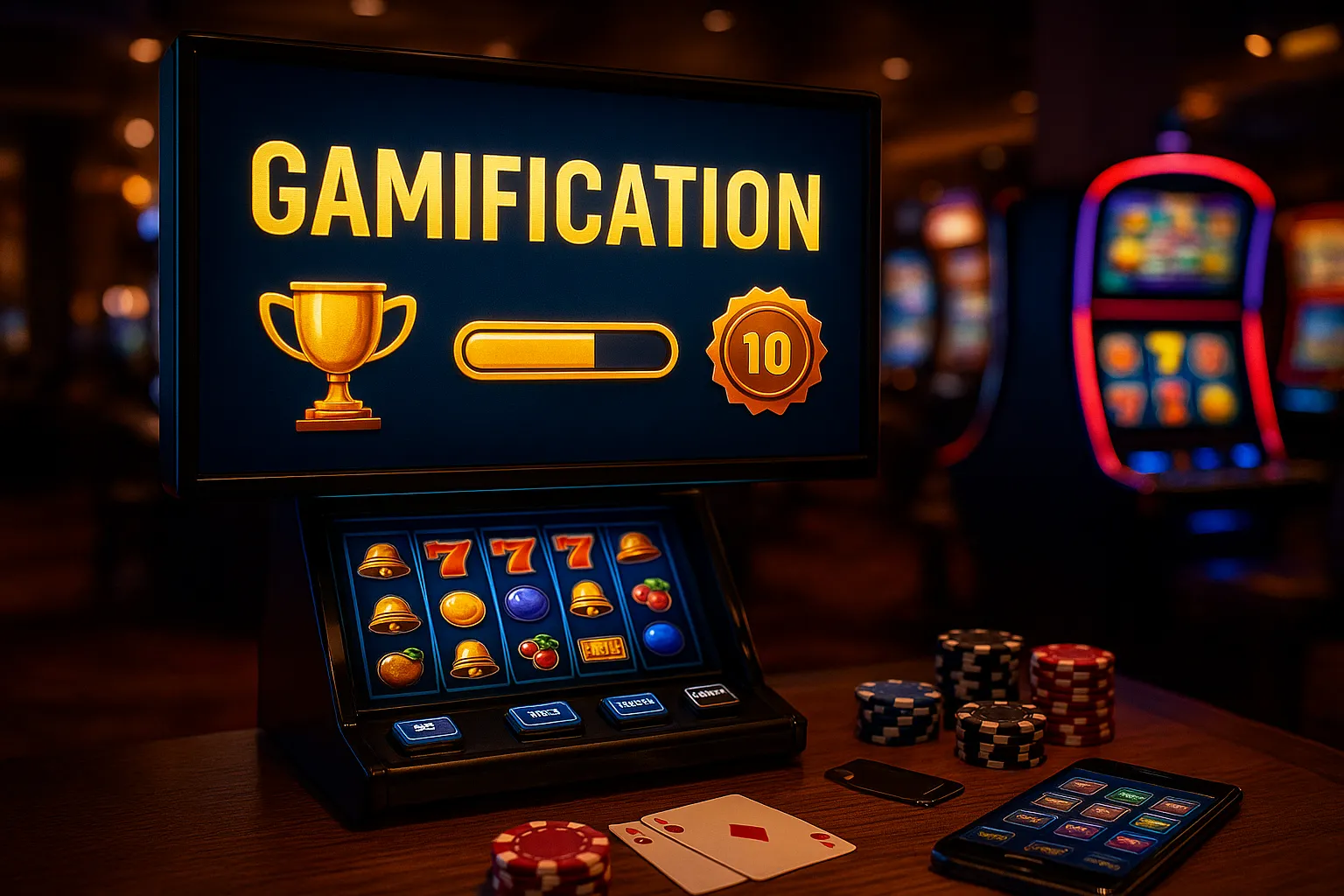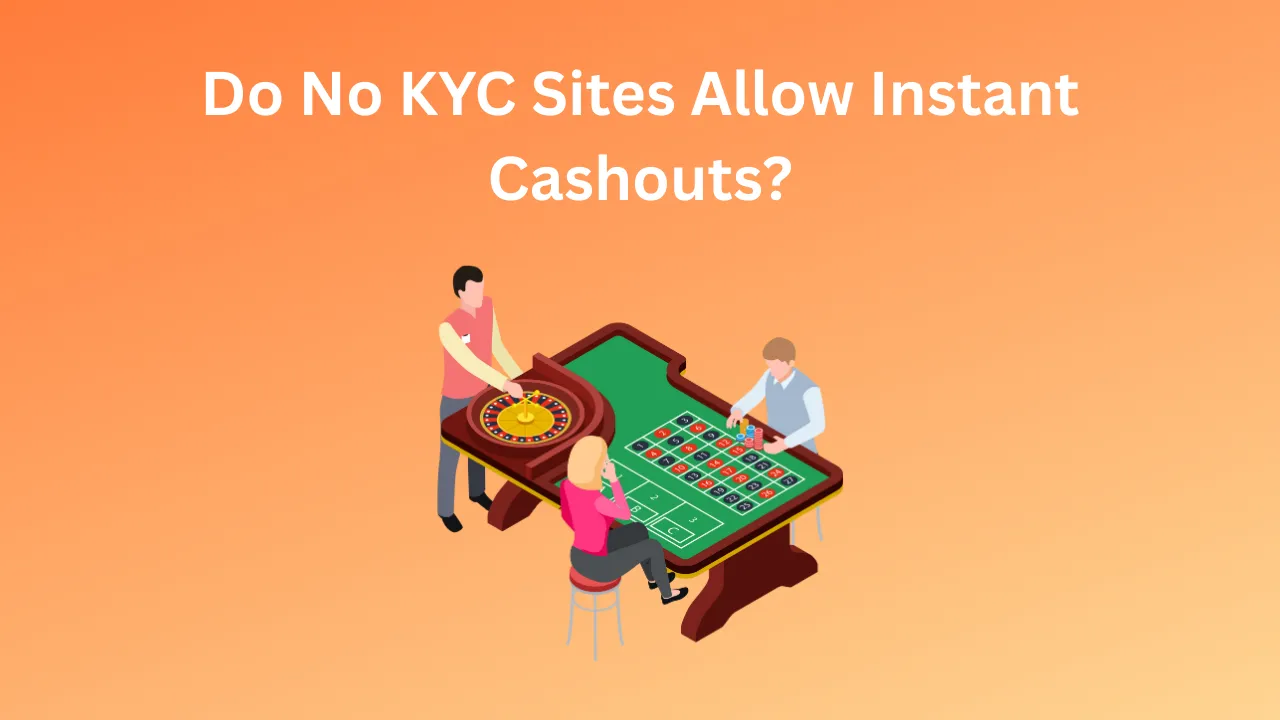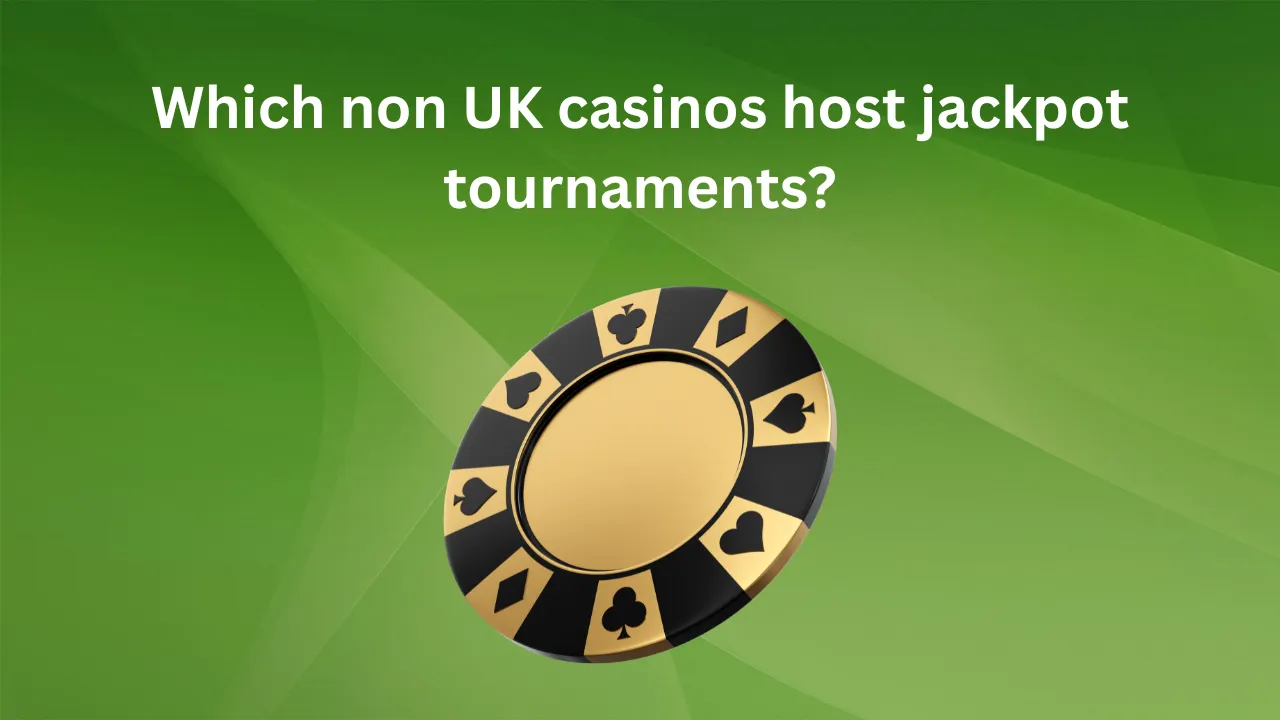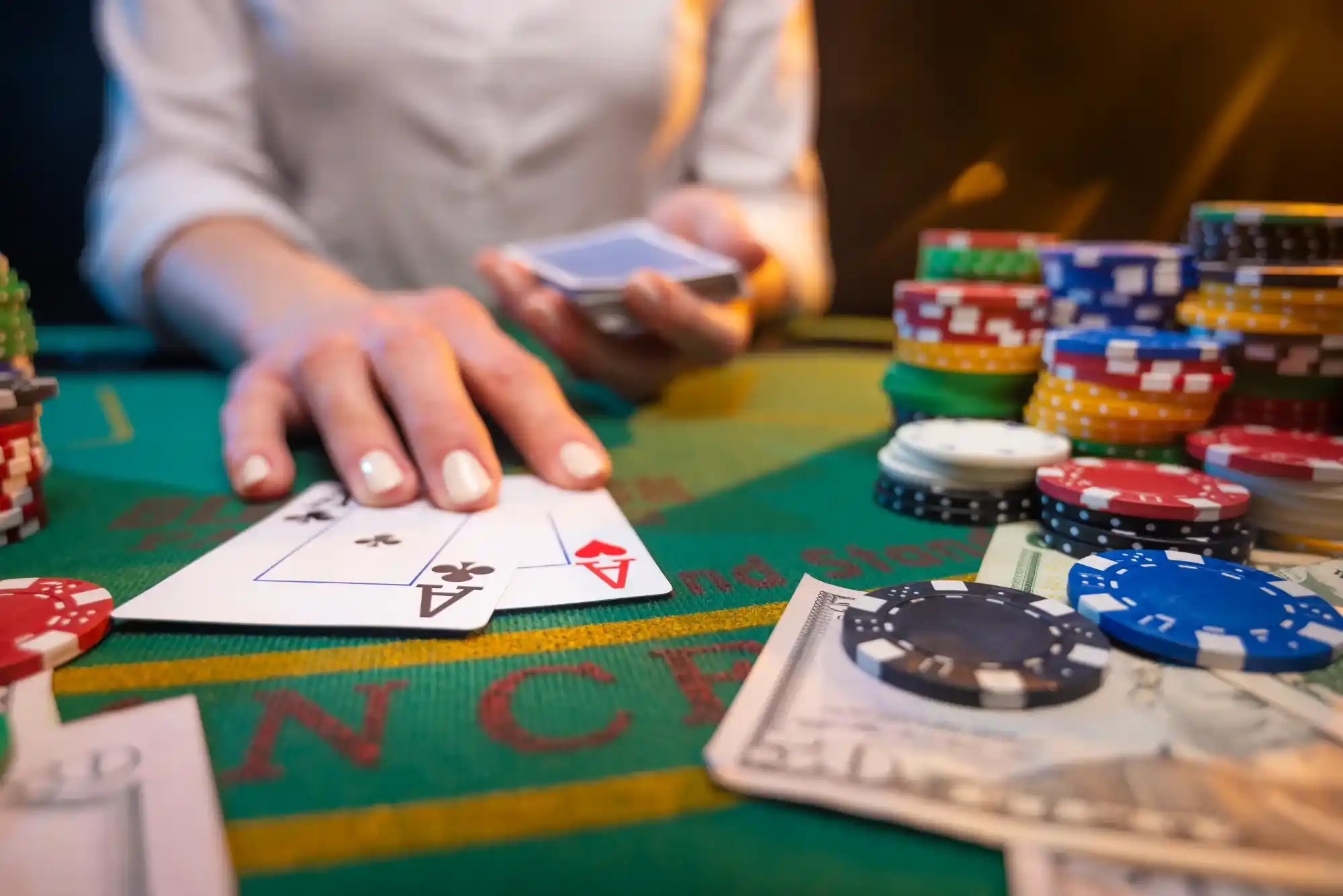Casinos have always been masters of psychology, but in the last decade they’ve borrowed a page straight out of Silicon Valley’s playbook: gamification. Points, levels, progress bars, missions—if those sound like features from your favorite mobile app, that’s because they are. I’ve spent years playing and reviewing slots on both UK-licensed sites and abroad, and it’s impossible to miss how deliberately these mechanics are engineered to keep you spinning. The key question isn’t “do they work?”—they do—but “how are they shaping your play, and what can you do to stay in control?”
What Gamification Means in a Slot Context
In plain English, gamification is the use of game-like elements—XP, badges, quests, loot boxes—to drive behavior. For slot players, that usually translates to loyalty tiers, daily missions, leaderboards, collectible symbols, and seasonal events layered over the base RNG gameplay. Instead of just pressing spin, you’re now “completing a mission,” “leveling up,” or “unlocking treasure chests.” That extra purpose makes repetitive play feel meaningful, even when the outcomes are still random.
Developers love these features because they plug straight into the dopamine loop. A little progress bar creeping towards a milestone is often more motivating than the raw money you’re winning or losing. And when you step outside strict UK regulation and play at a non GamStop casino, you’ll often see the most aggressive versions of these tools—fewer restrictions, bolder rewards, but also fewer built-in brakes. The freedom can feel great. It can also make it easier to ignore time, tilt into overspending, or chase streaks just to hit the next “badge.”
Progress Bars, XP, and the Illusion of Momentum
One of the first things I notice when I join a new slot site is how quickly it shows me a bar that’s 70% full. That “almost there” feeling is intentional. Casinos set early tiers so low that your normal play instantly unlocks something—free spins, a mystery box, a tournament entry. Psychologists call this the “endowed progress effect”: when you feel like you already started, you’re more likely to finish. Later tiers become harder and more expensive to reach, but now you’re invested. Your brain quietly shifts from “should I play?” to “I don’t want to lose the streak.”
Missions and Quests: Turning Randomness into a Story
“Win with five wilds.” “Trigger free spins three times today.” “Play £200 total on any Megaways slot.” Missions convert raw wagering into mini-objectives. Even if the mission rewards aren’t huge, they structure your session. You feel clever for “optimizing” the route—picking lower-volatility slots to grind missions cheaply, or high-volatility ones to chase two birds: mission and massive hit. I’ve done both. Sometimes it’s fun; sometimes it tricks me into playing longer on a cold machine because “just one more try and I’ll check off the task.”
Leaderboards and Social Pressure
Tournaments and leaderboards add competition. Seeing yourself in 15th place with an hour to go is a powerful nudge. Casinos know that a surprisingly high percentage of players will extend sessions, up stakes, or switch to higher-variance games for a shot at the podium. I like leaderboards when the prize pool is truly extra—cash, gadgets, trip vouchers—not just rebadged bonus funds with rollover. But I also set a hard rule: if I’d never play this way for the listed prize alone, I walk. That simple question has saved me from many “oh no, what just happened?” sessions.
Loot Boxes, Chests, and Mystery Prizes
Mystery rewards are everywhere now. They ping your inbox, pop up after a spin streak, or appear when you log in on consecutive days. The ambiguity is the hook—your brain overvalues the possibility of a big prize and undervalues the common reality of a token bonus. I treat these like scratch cards: fun side snacks, never a reason to chase wagering objectives that don’t suit my bankroll.
Season Passes and Time-Limited Events
Some casinos now mirror video-game season passes: a 6–8 week calendar stuffed with tasks that drip-feed rewards as you play. The FOMO is real—miss a week, lose a tier. This design keeps you coming back, even on days you wouldn’t normally gamble. If you’re prone to obligation spirals (“I already started, I might as well finish”), be wary. Consider whether the pass truly yields value or just creates a schedule for your play that benefits the operator more than you.
Personalization and Data Loops
Regulated or not, modern casinos track everything—your favorite stake size, slots, session length, loss thresholds. Gamification layers sit on top of that data to personalize offers: “We noticed you love Megaways—here’s a mission just for you.” It feels friendly, but it’s really a tailored nudge. On UKGC sites, rules limit how aggressively they can push. Offshore, the gloves come off. That’s why I keep records: my own spreadsheet tells me the truth about what I spend and win, not the casino’s cheerfully colored dashboard.
The Math Behind the Curtain: RTP Doesn’t Change
A crucial myth to bust: gamification doesn’t change the RTP of the slot itself. The machine’s paytable and RNG remain the same. The surrounding missions, points, and prizes might slightly raise your overall value if you’re savvy—e.g., cashback or deposit matches can shift EV. But generally, gamification’s job is to make the same RTP feel more engaging, not to improve it. If you ever find yourself justifying a session because you “need to finish the mission,” pause. Ask if that mission reward actually offsets the cost—or if it’s just psychological glue.
My Own “Rules to Resist the Pull”
I’m not anti-gamification; I enjoy it when it’s frosting, not the cake. I use a few personal guardrails:
I decide my session length and loss limit before opening a “mission” page.
If a quest requires a stake size I’m not comfortable with, I skip it.
I value rewards in cash terms. If the prize equals 2% back on wagering, is it worth bending my plan? Sometimes yes, often no.
I treat streaks like streaks—fun to maintain, easy to drop. No pressure.
The Offshore Twist: Fewer Brakes, More Shine
On a non GamStop casino, you’ll often see wilder visuals, larger leaderboards, and “no cap” loyalty multipliers. With fewer regulatory nudges toward safer gambling, the onus is on you to manage yourself. Check max withdrawal clauses (huge tournament wins can be throttled), confirm the site’s license, and test support responsiveness before you invest time into a months-long loyalty ladder. If a site makes it hard to find RTP info or displays it in vague ranges (“94–97%”), that’s a red flag.
When Gamification Helps Instead of Hurts
Done right, gamification can enhance value. Cashback tracked through a loyalty meter can soften variance. Missions that reward you for trying new games can expand your repertoire. Community tournaments can make solitary play social. The key is intention—use these features to add fun, not to justify overspending. The moment you’re playing for a badge rather than enjoyment, the mechanic has flipped and is using you.
Responsible Play Tools You Control
Whether you’re onshore or offshore, build your own toolkit. Timers, budget envelopes, session logs—simple stuff beats shiny dashboards every time. If you do play outside the UK, replicate the safeguards you’d get inside it: self-imposed cooling-off days, daily deposit caps through your payment method, even manual spreadsheets to track net spend. It sounds nerdy; it works.
Final Verdict: Gamification Is Sticky by Design—Know Your Glue
Casinos use gamification because it turns a cold RNG into a warm journey. Progress bars give purpose, missions provide goals, leaderboards add urgency, and mystery boxes trigger curiosity. None of this changes the math of slots, but it absolutely shapes how long and how intensely we engage with them. If you recognize the tricks and decide consciously when to lean in (and when to tap out), you can enjoy the ride without handing over the steering wheel.




